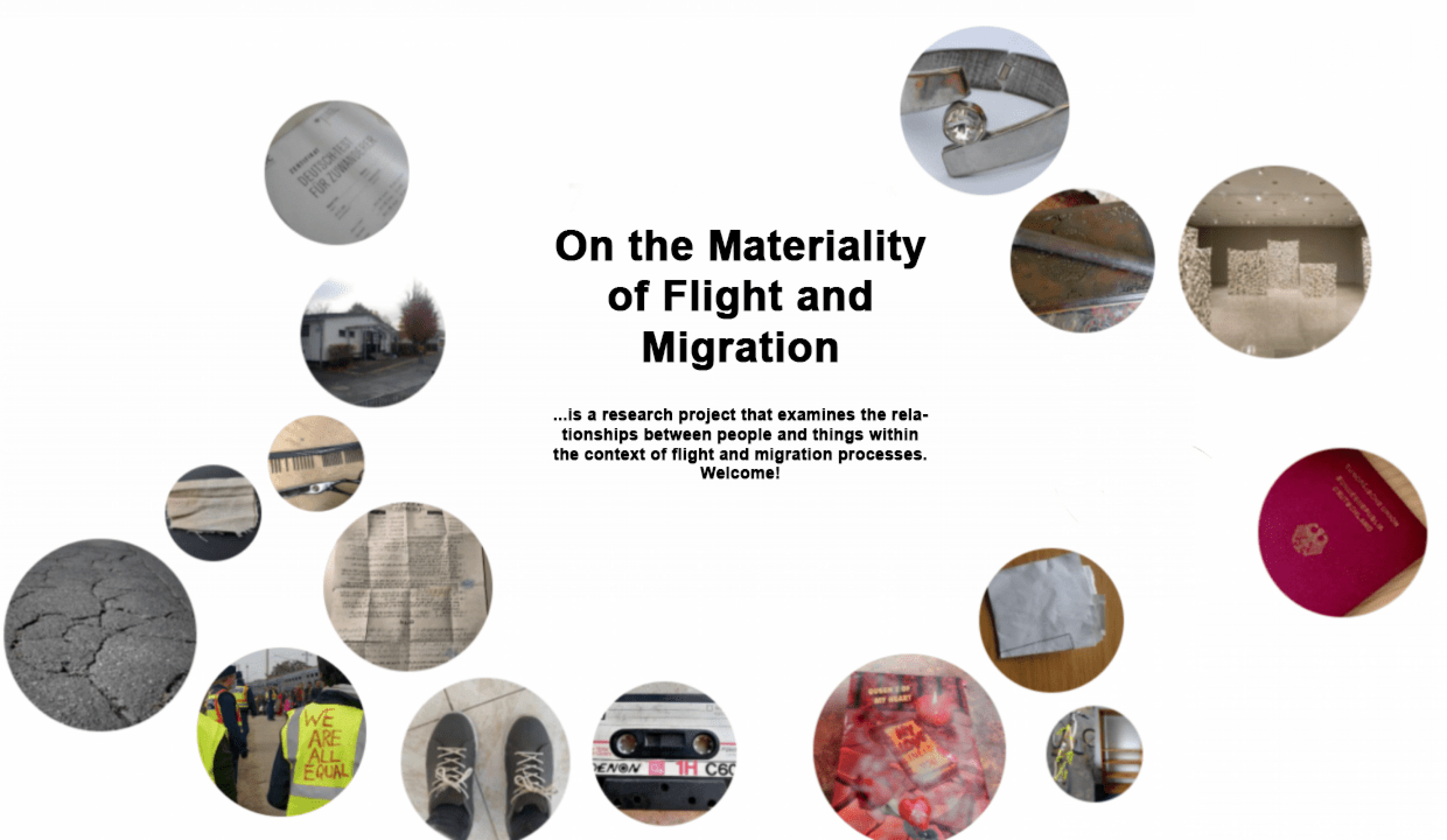
About the Research Project
“We explore the complexity of these relationships, including the future expectations associated with objects, the emotions triggered by things, and the various interpretations of objects. This website continuously documents our research process, serving as our research laboratory and providing readers with the opportunity to participate in the research process through the Open Archive.”
Our Recommendation
On the web platform, visitors can interact with various objects that tell stories of flight and migration, such as Zahra’s bracelet, reflective vests, shoelaces, belts, and Google Maps. These images conceal personal memories, observations, and other insightful content. The project makes the multifaceted meanings and relationships of objects visible, highlighting the fact that even objects can evoke strong emotions in those who observe them.
Furthermore, the Museum Friedland offers educational opportunities for schools and youth groups, which can be conducted both on-site and digitally. Historical objects can be used in the classroom to illustrate and bring history to life. How this can be methodically implemented in teaching is demonstrated by Gesa Büchert and Hannes Burkhardt in the teacher’s guide ‘Migrationsgeschichte: Sammeln, sortieren und zeigen’ (Migration History: Collecting, Sorting, and Displaying).
